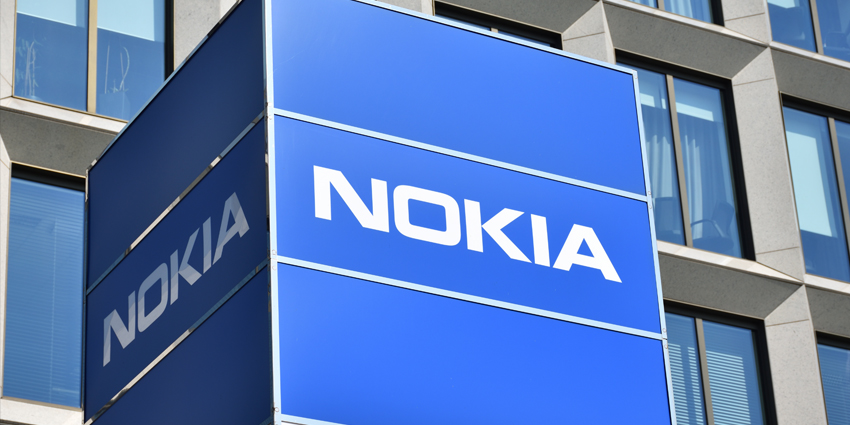Extended Reality is taking the world by storm. Growing at a rate of around 57.91 CAGR, this technology is introducing endless new ways for people to connect, share ideas, and collaborate in a transformative environment. While demand for XR innovations has been growing for some time, we’ve seen the interest in this landscape skyrocket since the pandemic.
For the telecoms and media industry, the extended reality landscape offers opportunities in a host of different environments. XR can open new doors for business models for telecoms companies hoping to offer the connectivity tools companies need to power XR experiences, like 5G. The environment also allows for exceptional new modes of customer support, and fantastic team collaboration.
Today, we’re going to look at just some of the top use cases for XR in telecoms and media, to determine why the technology is so valuable in this industry.
Powering XR Experiences
Telecoms companies are responsible for powering many of the major communication experiences we have today. Without a telecoms brand, we wouldn’t have phone conversations, smartphone interactions powered by mobile internet, and even various video conferencing interactions.
Telecoms companies could also be responsible for powering a new generation of communications and experiences through extended reality. Most telecommunication brands are already investing in 5G connectivity and networking strategies designed to power more effective conversations. These new networking and communication technologies will also be essential to the future of XR.
Things like 5G connectivity are particularly crucial to the future of extended reality, ensuring users can access wireless content wherever they are for the ultimate immersive experience. Companies capable of powering XR experiences will be particularly valuable in the future, as concepts like the metaverse gain additional ground.
In a metaverse-driven environment, telecoms and media companies with a deep knowledge of the XR landscape will be able to offer powerful networks, advertising campaigns, and maintenance support for growing businesses.
Employee Training
As technology in the communication landscape continues to evolve, wired and wireless ecosystems are growing more complex. The maintenance, repairs, and inspection of various devices requires extensive training and skill development for engineers. Training employees hands-on with real equipment requires significant investment in both time and money from businesses.
With extended reality, telecom organizations will be able to develop enhanced training environments which simulate real-world experiences. Using these training scenarios, companies can provide their teams with the skills they need to use complex pieces of machinery. At the same time, similar training programs can be used for non-technical training too.
Telecom and media companies can use XR environments to teach professionals how to interact effectively with customers in crucial sales and service conversations. Plus, the right tools will make it easier to track which employees are achieving the best outcomes from their training, and determine what kind of training strategies users respond to best.
Remote Support and Field Service Management
As mentioned above, telecoms companies often spend a lot of time working with equipment and tools requiring expert insights. Whether it’s a piece of complex machinery, or a software system delivering insights into data analytics, employees need to ensure they can access support from the right subject matter experts when tackling business challenges.
With XR, telecoms companies can manage field service experts more effectively, as well as ensuring specialist support is always available when employees need it. Field service technicians can use MR and AR glasses to send information from the field back to specialists in any environment, getting real-time support and guidance on how to fix common problems.
At the same time, virtual reality environments provide a landscape where specialists can collaborate over data visualizations and reports, to make better decisions about the growth and progress of the business. With better tools for collaboration to enable employees wherever they are, telecoms and media companies will be able to empower faster growth.
Improved Customer Experience
Telecoms companies and media brands both thrive on delivering exceptional service to customers. XR can help take this service and support to a new level. For instance, with an XR ecosystem, telecoms companies can provide their clients with access to equipment manuals they can explore in an immersive environment, making it easier to learn how to use and maintain pieces of equipment.
Speaking of maintenance, with extended reality tools, it’s possible for agents to essentially join their clients wherever they are and walk them through the process of fixing common problems, without the need for a technician to travel between cities or countries to deliver support. This can lead to faster problem resolution and less downtime for clients.
CX strategies enhanced with XR will also allow businesses to interact with their customers like never before. Companies will be able to give customers demos of their products in virtual reality, and create extensive onboarding campaigns using augmented or mixed reality.
Better Employee experiences
The XR environment represents exceptional opportunities for rapid growth in the telecommunications landscape. With this landscape, telecoms and media companies will be able to get on the cutting edge of the new metaverse environment, as well as powering new customer interactions.
At the same time, an XR environment could lead to better experiences for employees when conducting day-to-day tasks. XR environments can make it easier to visualise and understand data in a fast-moving environment like telecoms and media, where trends can change rapidly. These landscapes can also provide an ecosystem where people all over the world can come together to discuss ideas for business growth.
The telecom sector can even use AR and VR technology to repair and maintain underground, undersea, and other hard-to-access service lines and cables. People can essentially identify issues and complete repairs rapidly and remotely, leading to less frustration for both employees and customers alike.
Although we’re still waiting to see what might happen when XR’s potential in the telecom and media industry is fully recognised, it’s hard to ignore the impact this technology could have.







